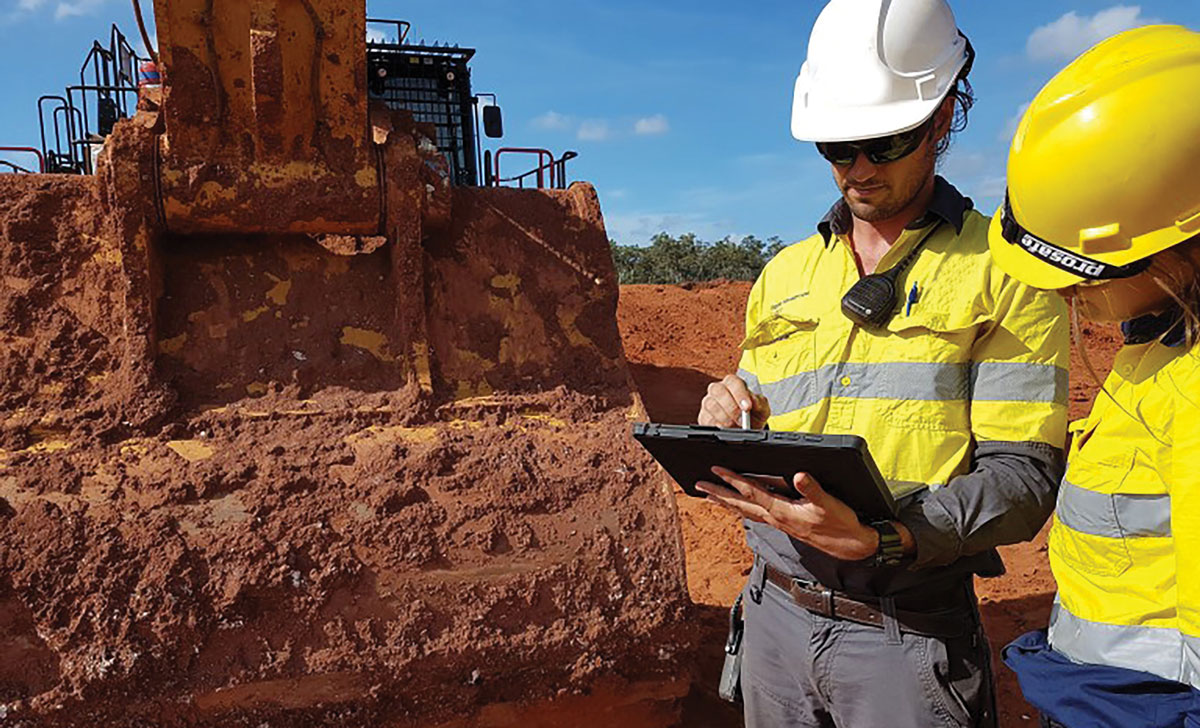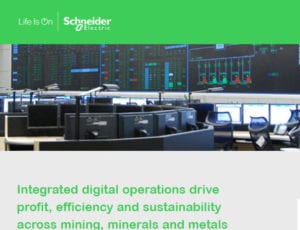Implementing Short Interval Control
Any experienced Management Operating System consultant will tell you that a critical element of a successful project is coaching to get compliance and to improve the use of the system. Normally it takes months of coaching to get short interval control up and running effectively with supervisors. With Fewzion effective short interval control can be achieved in just a couple of weeks. The guys love it, with data from their fleet management system and our offline app showing them how they are progressing they can communicate results and actions taken directly from the field to everyone on site.
offline app showing them how they are progressing they can communicate results and actions taken directly from the field to everyone on site.
It’s amazing how much easier it is to get effective use and compliance when you don’t need clunky paper or spreadsheet tools. Having spent many months with supervisors all over the world we’ve realized that the kind of tools we’ve been asking them to use have been a large part of the problem all along. You can read Short Interval Control
Empower to workforce to drive a cultural shift
Any viable Mine Digitization strategy should also consider the human aspect of how digitalization will impact workers and employees. Digitalization is a cultural issue as much as it is a technology issue. The hearts and minds of workers are only won when the proposed changes amount to facilitation of jobs. Job specific information must be easy to access and easy to interpret. In addition, some workers may fear that new technologies may render their roles obsolete. In truth, some traditional roles will require realignment, but the new technologies will also create new roles and opportunities within mining, minerals and metals organizations. Automation and digitalization cannot survive without a human interface at this stage.
The workforce culture will shift from a siloed mentality to one of sharing and collaboration. All phases of the worker activity chain ̶ planning, scheduling, production management and asset management ̶ will be impacted as digital tools break down traditional barriers.
By 2025, 75% of the global workforce will be millennials. As increasing numbers of employees retire, this gender diverse new pool of workers will need to work with tools that are intuitive and familiar, so that tribal knowledge of operations is retained. The deployment of innovative simulation-based training tools can be expanded to quickly improve workforce capabilities. Virtual reality training simulators, for example, can help to accelerate training times by up to 50% and help the new operators to secure higher uptime operations by reducing risk of human error.
One large global mining and metals corporation recently deployed an integrated operations center to centrally manage 13 mines, three ports and one of the world’s largest privately-owned rail networks. Operations managers can use cameras, radios, and microphones from their desks thousands of kilometers away to communicate directly to on site staff. The vision for the operations center was to make certain that all staff are multiskilled and embrace collaboration in order to drive productivity. With their people now equipped with the proper tools for optimizing a complex integrated network, the senior management of the firm are realizing a quantum leap in mining efficiency and cost savings.
 As mining, minerals and metals enterprises across the globe accelerate efforts to gain a competitive advantage through digitization, an Integrated Operations Management business strategy, can set the foundation for a differentiating factor on these businesses’ competitive imperatives, today and tomorrow. Learn more about EcoStruxure for Mining, Minerals and Metals, as the open and interoperable platform that enables an Integrated Operations Management approach.
As mining, minerals and metals enterprises across the globe accelerate efforts to gain a competitive advantage through digitization, an Integrated Operations Management business strategy, can set the foundation for a differentiating factor on these businesses’ competitive imperatives, today and tomorrow. Learn more about EcoStruxure for Mining, Minerals and Metals, as the open and interoperable platform that enables an Integrated Operations Management approach.
Digitization, Urbanization & Industrialization
Digitization, Urbanization & Industrialization
Mine Digitization has been leading the industry with IIoT with innovative real-time operations control, information management and operations management technologies. With IIoT becoming mainstream, we are recognizing global trends that drive a more connected and efficient enterprise.

Digitization
Low-cost, low-power devices w/ high volume & scale of data.
Urbanization
Scalability presents new challenges and stress on all industries.
Industrialization
Growing energy consumption necessitates new regulations & efficiencies.
Digitization
With the falling cost of connectivity and the widespread adoption of connected assets, focus has turned to implementing low-cost devices. Keeping operational costs at an acceptable level means making this digital transformation in gradual stages.
Urbanization
The number of cities proper with more than 10M in population continues to rise. By 2030, the number will have almost doubled to 41. By 2050, more than 2.5B people are expected to be living in cities. As the volume of connected people and the demand for city services grows, cities are looking to industrial leaders to create new efficiencies of scale.
Industrialization
Industries account for roughly 1/3rd of the world’s total energy consumption, with global industrial energy use projected to double in the next 30 years. In order to maintain viable, sustainable operations, digital transformation can’t be put off any longer.
The time is now.
Value Chain Optimization – But What is the Best Strategy for My Mine?!
I am currently in the car buying search and much like many of you can relate to, it can be a very stressful, exhausting, and frustrating process. So many options, varying price points, dealerships throwing so many different models and makes at you… I find myself questioning what is the best fit specifically for me? A mentor encouraged me to make a list of the greatest challenges I have with my current car. Too small, non-four-wheel drive, lack of technology...I am slowly realizing through the process, that I need to find a car that is the best fit for my life’s needs – to meet all the challenges that I have with my current car!

Much is the same for mining companies when they are seeking solutions for optimizing their value chains. With so many options out there and overwhelming differences among them, a mining company, similar to my own personal car search, might find themselves asking, “What is the best fit for my mine!?” While each mine may struggle with the overall challenge of driving more value through processes, the trials and tribulations differ between each business and location.
The key is to find the best solution that is tailor-fit and applies best to your mine: one that will solve your businesses’ specific daily challenges.
To help make this research process a bit easier, I have created an infographic quiz for mining companies, like yourself, to guide you on your Value Chain Optimization (VCO) journey! Begin at the top where it states “start” and answer the “yes/no” journey down the page. By breaking down each step, this quiz is designed to help you understand:
- Defining and understanding what your problems are
- What options there are for solving these challenges
- Understanding what solutions work best for your Mine Digitization!